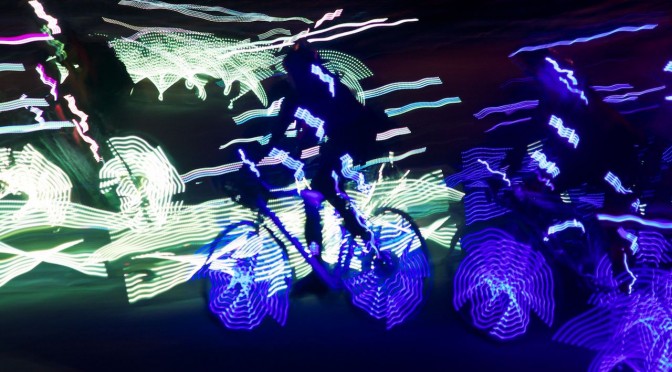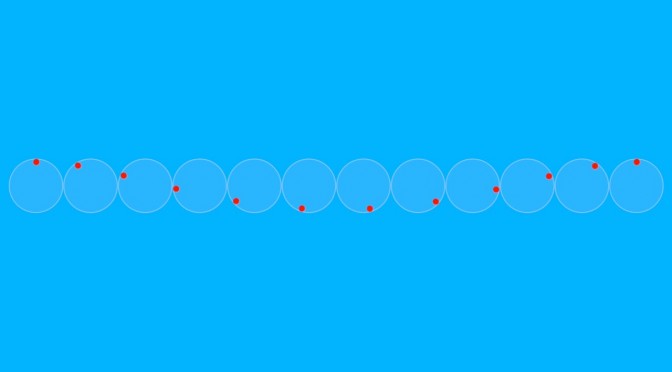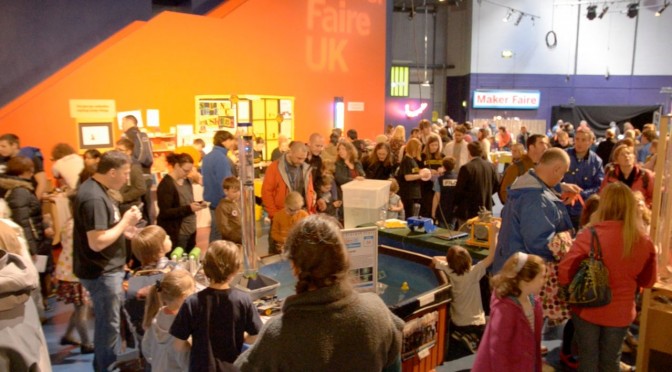While this blog continues to explore the boundaries and overlaps between teaching, learning, communication and performance, some of you have more specific needs. While we wring our hands about structuring demonstrations, you want proper training.
Firstly – do get in touch. The people you’re reading here do lots of training and directing of performers, bits of writing and consultancy, and workshops with teachers. People ask us back and everything.
For more formal CPD do find out what’s on offer from the Science Learning Centres. It’s what they’re there for, as this blog post from Yvonne Baker describes. In that post, she outlines some of the CPD available from the National Science Learning Centre. It may be cheaper than you expect, too.
Coming full-circle and in reference to the wider issues Yvonne mentions, if you’re following the A-level practical exam thing you may be interested in Alom’s take on the matter here.




